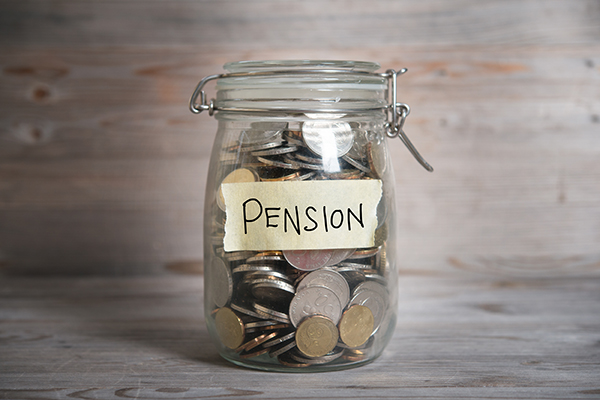Just when you thought everything in the Netherlands was ‘goed geregeld’ (well- arranged) the Dutch Senate decided on May 30 to change the retirement law (Pensioenwet) with 46 of the 75 votes in favour. This will be the first major overhaul of retirement legislation since 1954. For the last 15 years, lawmakers have been working on a new law, due to the drastic changes in the labour market. When the current law was first implemented in the 1950s, it was not uncommon for employees to work for 40 years for the same company, through which they accrued a company pension.
Benefits of the new system
According to Statistics Netherlands (CBS) the labour market in the last half century has changed drastically; employees seldomly remain with the same employer for the duration of their working career. Today, 15 percent of the labour force remains with the same employer for less than one year, 14 percent for one to two years, 18 percent two to five years, 21 percent five to ten years, and 32 percent for more than ten years. Besides shorter stints with the same employers, people on the labour force are more likely to be self-employed, which currently applies to 1.1 million people in the Netherlands.
Today, nearly seventy years after the retirement system was implemented, it has become outdated, and so lawmakers have drafted a new law that better fits the trends of the current labour market. One of the improvements in the new retirement law is that there will be more clarity of how much labourers pay into their personal retirement plan. Under the current system, employees pay into retirement schemes as soon as they enter the labour market, which for most workers is in their early 20s. However, those financial proceeds are used to pay for the general retirement system, and individual workers do not profit from them; only towards the end of their careers, contributions become accrued. Under the current system, people who change jobs later in their careers or become unemployed will build up less and will receive a lower pension. Under the new system, pensioners will accrue their retirement benefits from the first day of paying into the system, and ultimately build up more retirement for later.
Monthly retirement dependent on economy
The new law, which will go in effect on 1 July, will also better match the developments of the economy. In the past, whether the economy was booming or in decline, pensioners were guaranteed a fixed income. Under the new system, the monthly amount is dependent on the vitality of the economy. If it is booming, pensioners will receive more, but if the economy is on a downward slope, they will be paid less. These adjustments will be made annually and will not fluctuate monthly. However, according to the new law, buffers will be in place to absorb big falls in the pension as much as possible.
The transition will not be drastic. On 1 July, a transitional phase will start, lasting several years, in which employers and employees will first make agreements with each other about adjusting their pension scheme and establish how pension administrators should implement these agreements.
Under the new system, if a pensioner should die, their spouse will continue to receive the accrued retirement pension of their deceased partner. More will change for people who are still working. The old system was a survivor’s pension for working people, depending on what the deceased partner had accrued. With the new retirement law, the pension is directly insured from the moment one starts working and surviving relatives receive a fixed amount, so that spouses and children will consequently receive a higher amount.
Like the retirement law of 1954, the new one reflects the current labour market. With the continuous changes in the labour market, the increasing life expectancy – currently 81.7 years – and the growing tendency for many to continue working well past the state pension age – currently 67 years and 3 months, but gradually rising to 70 – laws around retirement are likely to change further in the future.
Written by Benjamin B. Roberts
